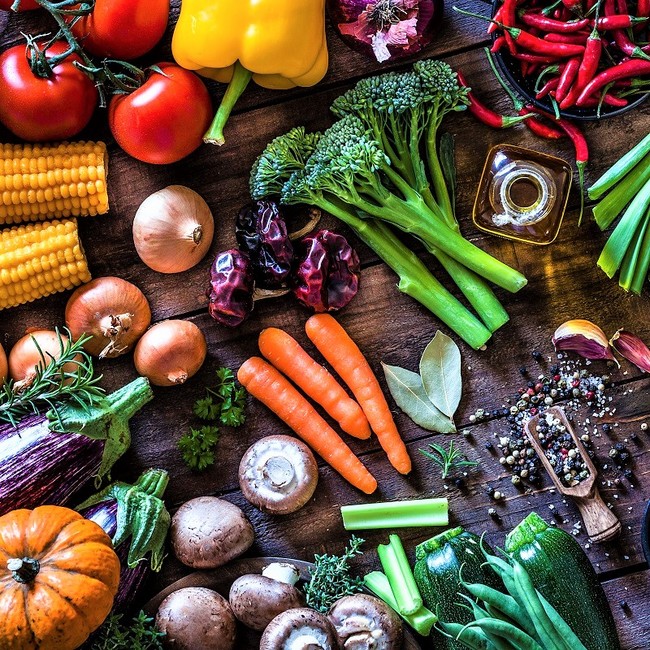✕



✕

Tag:US fresh produce sector pre-pandemic workforce 2022-09-27 15:14

A new report of the US fresh produce industry flags that while the sector is gradually returning to its pre-COVID-19 employment and wages levels, it still delayed in its reform – which is forecasted to continue to weigh down the national food chain.
The Economic Impact of the U.S. Fresh Produce and Floral Supply Industry, compiled by Jack Kleinhenz of Kleinhenz & Associates, marks the first time the trade organization representing the entire fresh produce and floral supply chain has conducted a comprehensive study of its role in US jobs, taxes and wages.
“The produce industry, despite being a reliable and profitable employer in every state, is seeing a decline in the number of available, skilled workers,” says Cathy Burns, CEO of IFPA.
“This report shows the impact of delayed labor reform on the workforce, which will continue to impact consumers at foodservice and in grocery stores,” she explains.
“This study, the first of its kind, highlights our vital role and affirms our commitment to making sure we continue this critical mission, supplying insights into our industry as Congress prepares to reauthorize the Farm Bill.”
The analysis highlights that the sector plays a significant economic role in each state, adding US$339.4 billion to the national output in 2022. In addition, federal, state, and local taxes generated by the industry and the spin-off industry sales their activity generates, total US$43.7 billion per year.

The US fresh produce industry had 1.13 million workers in 2021 and is tracking to reach pre-pandemic levels this year.
Labor market impact
The US fresh produce industry supports 2.2 million total jobs across all 50 states and US$120.1 billion in labor income, nearly reaching pre-COVID levels, highlights the economic impact study conducted on behalf of the International Fresh Produce Association.
The industry had 1.13 million workers in 2021 and is tracking to reach pre-pandemic levels this year.
Nearly 1.2 million jobs are directly tied to the industry’s 2022 operations. The absolute number of employees involved in the fresh produce supply industry declined by 4% from 1.18 million workers in 2017 as a result of a COVID-related slowdown.
This drop mirrored circumstances across international labor markets, which looked to alternative pathways, such as the UK hiring prisoners during the pandemic, to plug gaps.
The industry's economic impact reaches all 50 states and the District of Columbia to varying degrees depending on factors such as each state's industry mix, wage structure, spending and saving patterns and connections to other economies.
Twenty-nine US states have more than 10,000 jobs attributable to the industry; only ten states have less than 4,000.
Support for the industry is critical
The fresh food sector encompasses a diverse range of activities and products that extends beyond farmers and producers, including marketing and distribution, retail and food services.
California leads the way, representing 404,468 workers, or 35 percent of the industry's employment. Washington follows with 99,320 and Florida with 82,013 workers.
Examining total employment in detail shows over 600,000 jobs, or 54% of the industry, are workers in the production sector. Wholesale and retail employment, which includes a variety of fresh fruit and floral operations, reached 434,000 and accounts for 38% of the industry.
“Support for the industry has never been more important,” Burns adds. “The treatment for the four most prevalent diet-related diseases adds US$1.4 trillion dollars to the US national debt each year.”
IFPA will be participating in the White House Nutrition Conference scheduled for next week, which will spotlight policy proposals including increased resources to the US Food and Drug Administration (FDA), tax incentives to industry and improved nutrition education.
“In order to maintain year-round access to fresh fruits and vegetables at a cost that is affordable for consumers, we must find workers to scale the labor force at all points along the supply chain,” Burns stresses.
Earlier this month, mounting global concerns about food shortages – alongside ballooning fertilizer and energy prices and the ongoing conflict in Ukraine – prompted the US Department of Agriculture to inject an additional US$178 million into seven international farming and trade development projects on four continents.
The Key To Upgrading Bland Store-Bought BBQ Sauce Is Already In Your Pantry
Sunken Apple Cake Is A Dessert With Many Names
How To Store Radishes For Optimal Freshness
The Dairy Needed For The Creamiest Copycat Outback Steakhouse Mac And Cheese
How To Choose The Best Soda Marinade For Your Chicken
Is There Any Actual Difference Between Chocolate Pudding And Budino?
About Us Terms of Service Privacy Policy Contact Us
Hotline(+86)17301604571
 Enterprise WeChat
Enterprise WeChat
for Client Service
 EZBuy
EZBuy
WeChat APP
Sinoexpo Digital Platform
Shanghai Sinoexpo Informa Markets International Exhibition Co., Ltd. All rights reserved
沪ICP备05034851号-77
 沪公网安备31010402000543号
沪公网安备31010402000543号